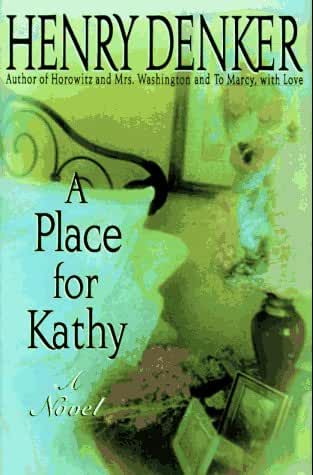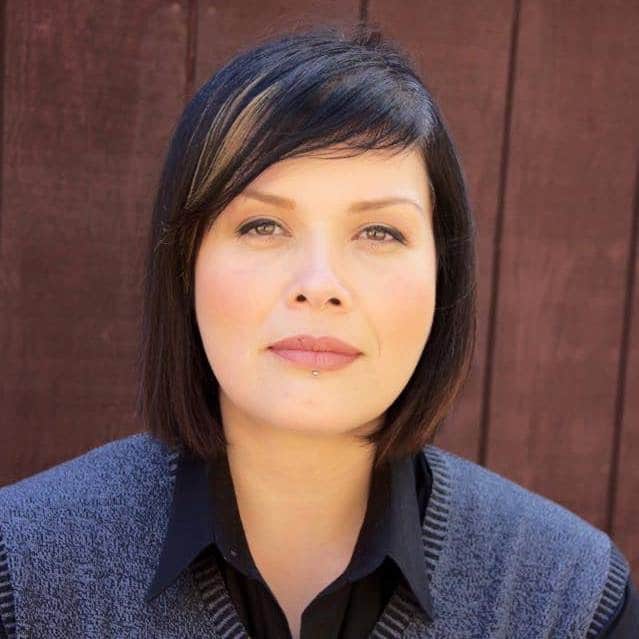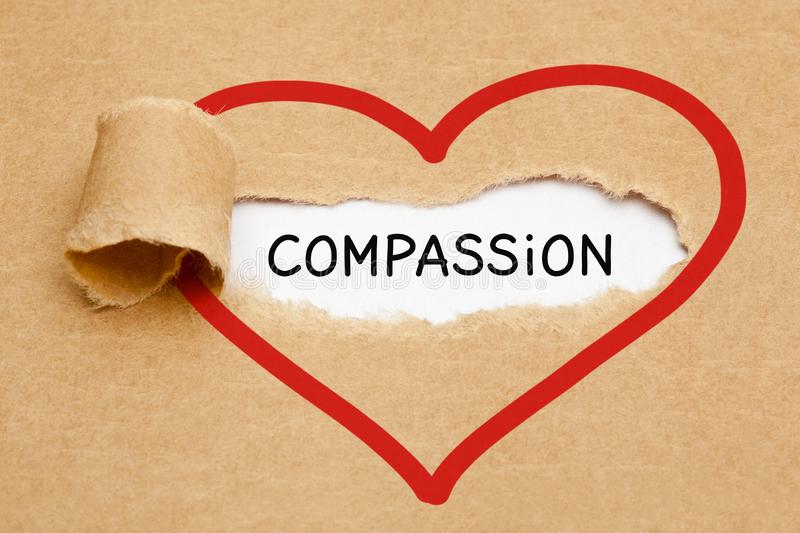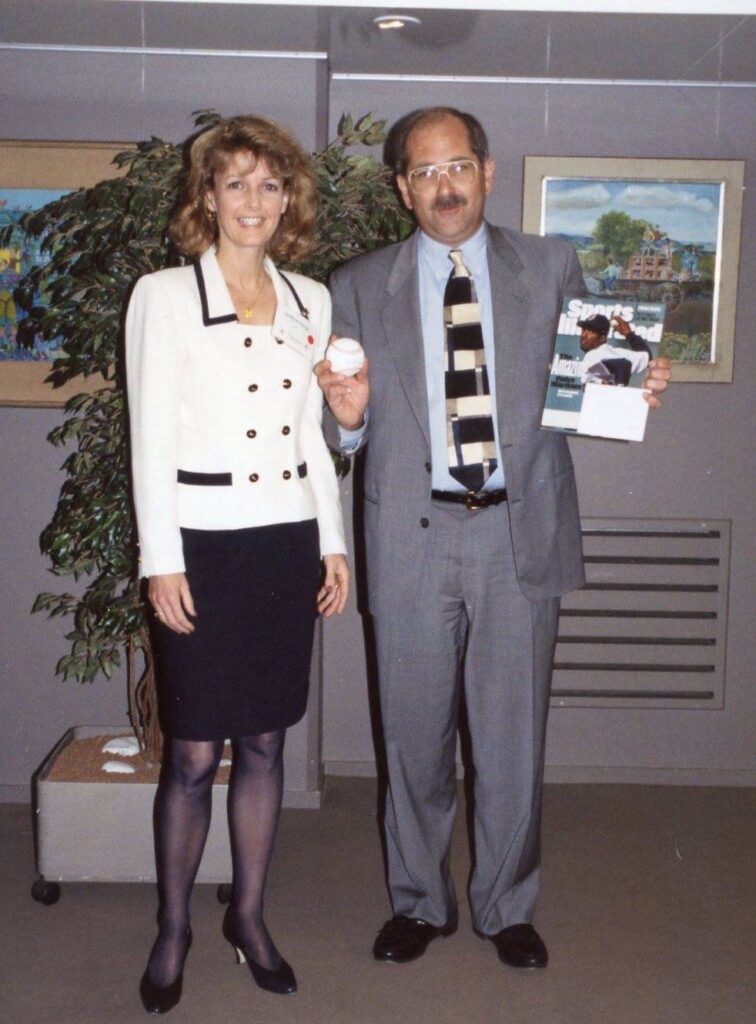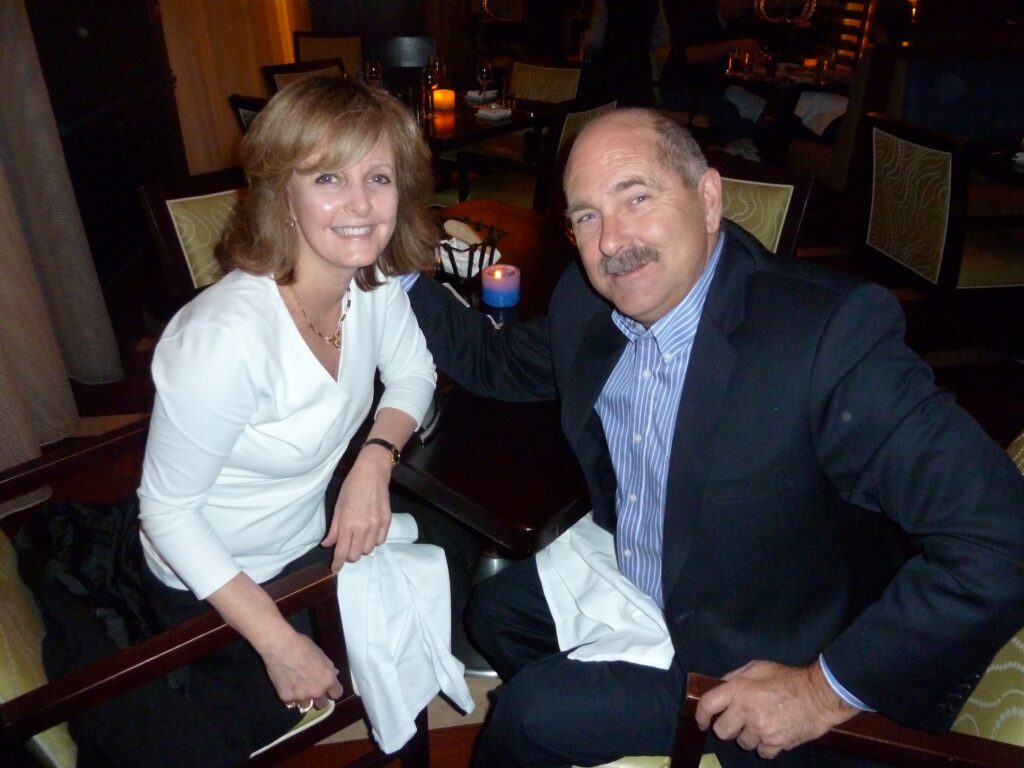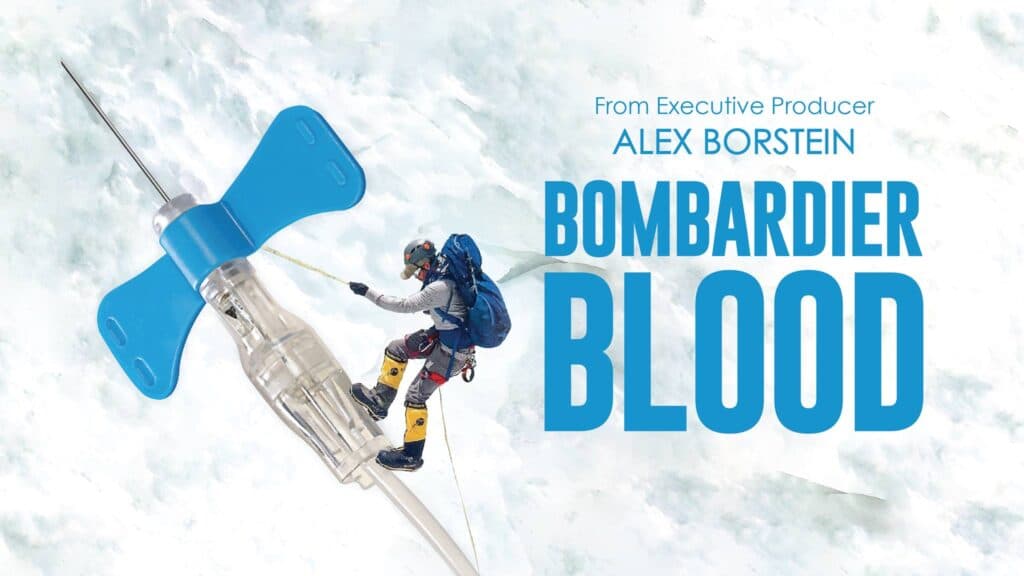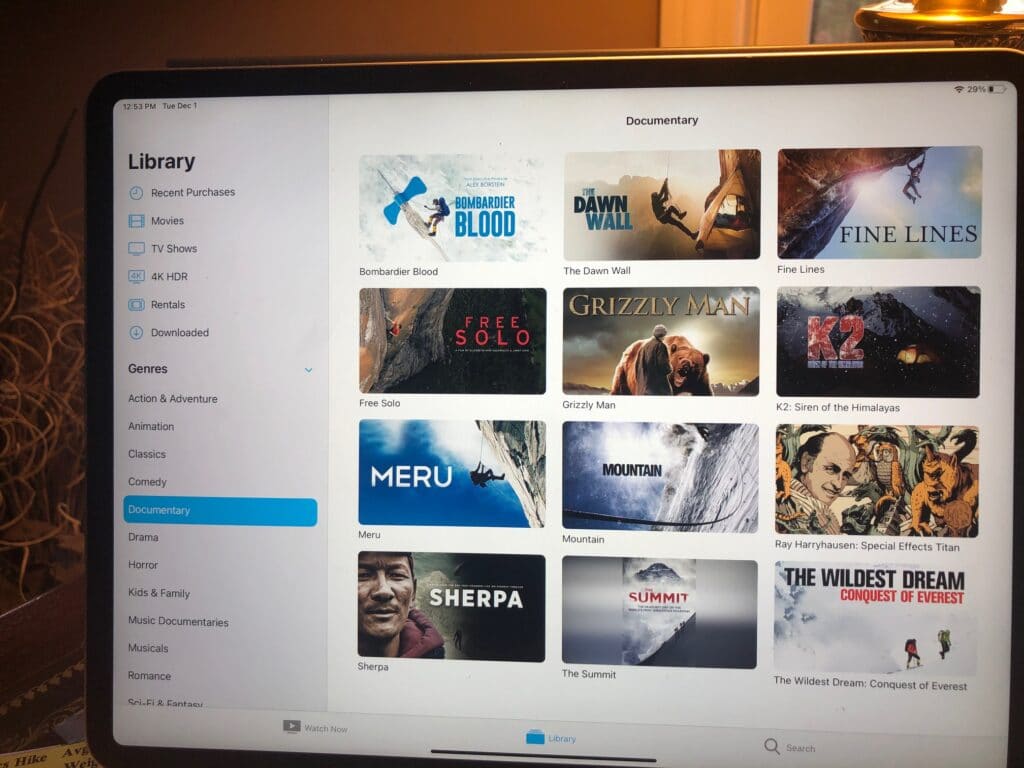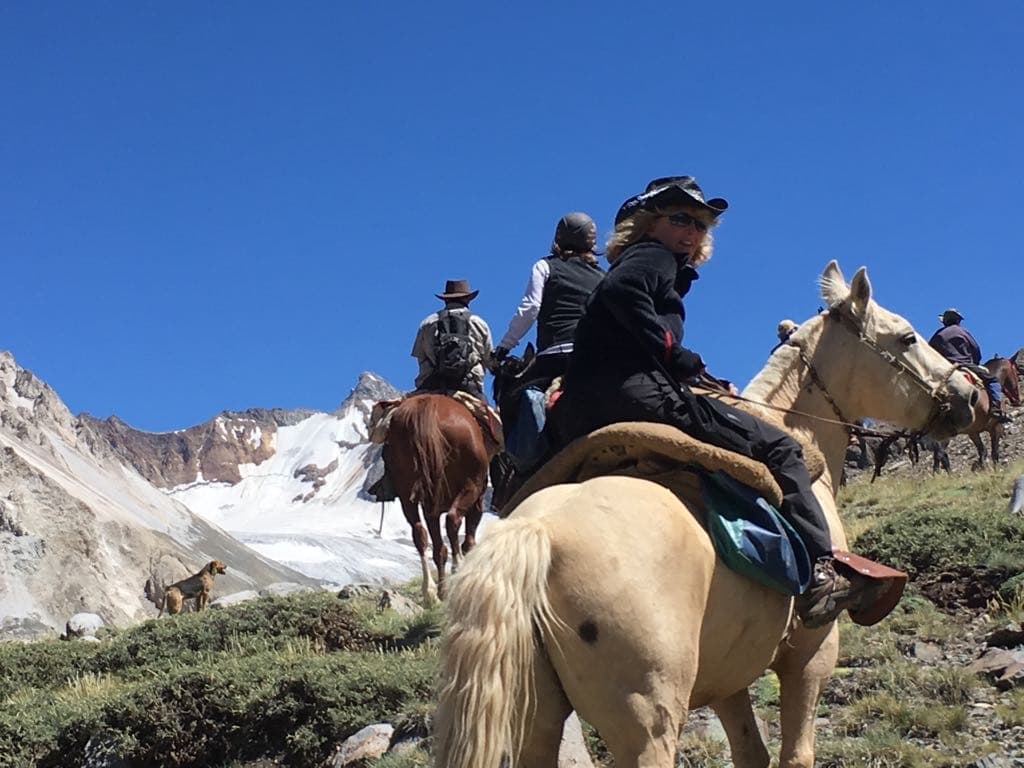Spotlight on Patient Education Through Social Media in the New Normal
Laurence Woollard
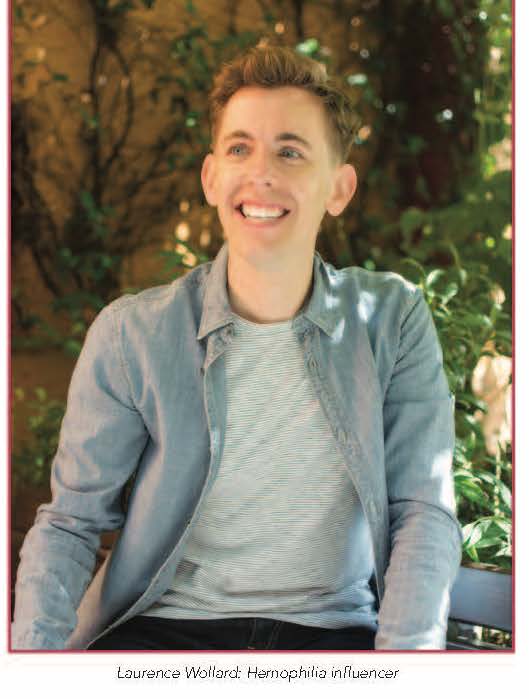
The unparalleled, seismic societal shifts over the past year have made many of us readjust in ways never before imagined. At the time of writing, with pandemic fatigue already a reality, here in the UK we are facing yet another national lockdown imminently, with the uncertainty that this may not be the last. The strict physical distancing measures has meant that, more than ever, people are heavily reliant on maintaining connectivity using global digital social networks to facilitate human interaction and information sharing at a historic and extraordinary scale.[1,2] According to We Are Social, a creative agency who publish a quarterly digital report with social media management platform, Hootsuite, by October 2020, the number of people using social media around the world passed the momentous 4 billion milestone mark, with an average of 2 million new users joining every day. Much of this growth in social media use is the direct result of the new technological habits that people adopted during COVID-19 lockdowns.[3] It comes as no surprise then that Facebook, who also own Instagram and WhatsApp, were listed by the Financial Times in the top 10 among 100 companies “prospering in the pandemic”.[4]
Whilst the environment created by the coronavirus outbreak has, on the one hand, bred a multitude of falsehoods on social media from so-called “armchair epidemiologists”,[5] the rise in online traffic from housebound, captive audiences has also inspired ever-greater entrepreneurial hustle. Social media is unique in this respect; it places individuals at the centre of a vast network and shifts power by allowing anyone to be an influencer.[6] YouTube has been the go-to platform for those wishing to keep fit during lockdown and with gyms being forced to close, has been inundated with searches for yoga, pilates… and not forgetting workouts for the glutes! One of the first stand-out “heroes” of this crisis was “The Body Coach”, a UK-based fitness TV personality, offering free daily online sessions that accrued 75 million views internationally across 18 weeks.[7] However, even with such popularity, by social media’s very nature, there was no hiding from critics. Physical education (PE) practitioners were quick to react to “PE with Joe” as it was known, by generating their own innovative online content using the hashtag “#ThisIsPE”, to reflect the diversity of young people in mainstream education they felt hadn’t been accommodated for, especially those with a disability.[8]
Nonetheless, Joe et al were arguably responsible for bringing into sharp focus the importance of exercise for body and mind. For many people in the bleeding disorders community under lockdown, decreased physical activity may have impacted negatively on their joint and muscle status.[9] In response to this, patient advocacy groups have been forced to adopt and improve virtual operations and e-learning approaches using social media to promote the wellbeing of their members. For example, the European Haemophilia Consortium (EHC) hosted their physical activity campaign ‘#thisway’ through monthly Facebook live sessions with a specialist physiotherapist.[10] It is also noteworthy that there is an emerging literature suggesting that social distancing has put a strain on the mental health of many individuals. For young adults in particular, the World Health Organisation (WHO) has suggested staying connected with peers through social media can help them to remain positive and challenge stigma. The explosion in popularity of the entertainment-based platform, TikTok – with over 30 million monthly users in the United States alone – has demonstrated the potential, not only to convey important health information, but to address these aspects of the pandemic as well.[11]
Even pre-Covid, more and more people were going to social media to acquire knowledge and share experiences about their health.[12] To this end, the use of social media to increase and promote translational health communication strategies is being realised and has been advocated as an inexpensive means for patient education, to enable and empower consumers in their health and healthcare-related interactions.[12-14] This is particularly pertinent for people living with chronic conditions, including the six in ten Americans with at least one diagnosis,[15] and like those affected by haemophilia, where management and care can be self-guided, fostered through online peer-to-peer interaction and validation, or guided by an external source (e.g. facilitator or healthcare professional).[12] The number of physicians involved with haemophilia practice developing an interest themselves in social media in a professional capacity is increasing, championed by the likes of Professor Mike Makris in Sheffield, UK, who has become a reference point on Twitter (@ProfMakris) for research and treatment developments, and influencer in his own right. Accordingly, Professor Makris perceives that, “Information is no longer a privilege and the time when patients are more up to date and better informed than their doctors is already here.”[16]
Feeling empowered in decision-making about one’s health can play an important role supporting individuals as they seek positive health behaviour and lifestyle change.[14] Yet, to realise the benefits of health education that today’s healthcare infrastructure demands, a high level of patient participation and engagement is essential.[17,18] Preliminary studies have shown that social media interventions lead to some positive effects on health of people living with chronic diseases, such as promoting self-care, fostering self-confidence and psychosocial benefits, but these results are small and limited.[12,14] Likewise, the reporting in haemophilia is scarce, although a recent attempt has been made to increase awareness of Von Willebrand disease (VWD) by targeting women in their reproductive years on social media and inviting them to participate in an online self-assessment tool to recognise abnormal bleeding symptoms.[19]
While it is now a given to view social media as a universal communication channel, especially for those adept and savvy at using it, the risk lies in reducing health information access among those who are not technologically ‘’connected”;[13] notably, 22% of the UK’s population lack basic digital skills,[20] and 31% of rural households in the US are still without access to broadband internet.[21] The public health crisis gripping both sides of the Atlantic, stands to make the impacts of digital exclusion worse for the millions of people affected, and the socio-economic disadvantaged will be hit the hardest. What’s more, eHealth literacy – consisting of health and science literacy, among others – underpins users’ competence in leveraging online health information and tools for improvements in quality of life.[12] Providers designing social media interventions or campaigns must be mindful of the different population segments in the patient community to ensure equality of access to educational opportunities, so they are not just targeting those more socially mobile in society, and the tech- and eHealth-literate cohort of engaged members. Moreover, there is still a strong need to examine not only how to tailor and deliver more effective and responsive patient education through social media, but also how to assess its impact on patient health outcomes in the ‘new normal’.
About the author
Laurence Woollard is founder and director of On The Pulse – an independent, strategic consultancy providing specialist insight to UK and global healthcare providers on the development and rollout of patient activation campaigns in haemophilia and rare diseases. He has extensive patient advocacy experience, having advised on and implemented a broad scope of community awareness, research and educational initiatives for commercial partners and third-sector organisations. Laurence is highly driven by his own journey and challenges of living with severe haemophilia and the impact on the family dynamic, to campaign for and effect real change in improvements to quality of life for his peers.
Twitter: @TheWoollard / @OnThePulse
References
[1] Limaye RJ, et al. Building trust while influencing online COVID-19 content in the social media world. Lancet Digit Health 2020;2(6):E277-78. Doi: 10.1016/S2589-7500(20)30084-4
[2] van Bavel JJ, et al. Using social and behavioural science to support COVID-19 pandemic response. Nat Hum Behav 2020;4:460–71. Doi: 10.1038/s41562-020-0884-z
[3] We Are Social. Digital 2020: October Global Statshot Report. 2020. [Online]. Available at: https://datareportal.com/reports/digital-2020-october-global-statshot [Accessed November 2020]
[4] Financial Times. Prospering in the pandemic: the top 100 companies. 2020. [Online]. Available at: https://www.ft.com/content/844ed28c-8074-4856-bde0-20f3bf4cd8f0 [Accessed November 2020]
[5] Limaye RJ, et al. Building trust while influencing online COVID-19 content in the social media world. Lancet Digit Health 2020;2(6):E277-78. Doi: 10.1016/S2589-7500(20)30084-4
[6] Leong C, et al. Social media empowerment in social movements: power activation and power accrual in digital activism. Eur J Inf Syst 2019;28(2):173-204. Doi: 10.1080/0960085X.2018.1512944
[7] Joe Wicks. The Body Coach profile. 2020. [Instagram]. Available at: https://www.instagram.com/p/CC1FO0ED6_l/ [Accessed November 2020]
[8] Fitzgerald H, et al. COVID-19, lockdown and (disability) sport. Manag Sport Leis 2020. DOI: 10.1080/23750472.2020.1776950
[9] De la Corte-Rodriguez H, et al. What COVID-19 can mean for people with hemophilia beyond the infection risk. Expert Rev Hematol 2020;13(10):1073-79. Doi: 10.1080/17474086.2020.1818066
[10] European Haemophilia Consortium. EHC exercise campaign #thisway goes virtual. 2020. [Online]. Available at: https://www.ehc.eu/ehc-exercise-campaign-thisway-goes-virtual/ [Accessed November 2020]
[11] Basch CH, et al. COVID-19 on TikTok: harnessing an emerging social media platform to convey important public health messages. Int J Adolesc Med Health 2020. [Ahead of print]. Doi: 10.1515/ijamh-2020-0111
[12] Zhou L, et al. Harnessing social media for health information management. Electron Commer Res Appl 2018;27:139-51. DOI: 10.1016/j.elerap.2017.12.003
[13] Stellefson M, et al. Evolving Role of Social Media in Health Promotion: Updated Responsibilities for Health Education Specialists. Int J Environ Res Public Health. 2020;17(4):1153. DOI: 10.3390/ijerph17041153
[14] Korda H, et al. Harnessing social media for health promotion and behavior change. Health Promot Pract 2013;14:15–23. DOI: 10.1177/1524839911405850
[15] Centers for Disease Control and Prevention. National Center for Chronic Disease Prevention and Health Promotion (NCCDPHP). 2020. [Online]. Available at: https://www.cdc.gov/chronicdisease/index.htm [Accessed November 2020]
[16] Makris M. Twitter and Haemophilia. Haemophilia 2020;26(2):181-82. DOI: 10.1111/hae.13931
[17] Adams R. Improving health outcomes with better patient understanding and education. Risk Manag Healthc Policy 2010;3:61-72. Doi: 10.2147/RMHP.S7500
[18] Gruman J, et al. From patient education to patient engagement: implications for the field of patient education. Patient Educ Couns 2010;78(3):350–56. Doi: 10.1016/j.pec.2010.02.002
[19] Reynen E, et al. Let’s Talk Period! Preliminary results of an online bleeding awareness knowledge translation project and bleeding assessment tool promoted on social media. Haemophilia 2017;23:e282–6. Doi: 10.1111/hae.13271
[20] Holmes H, et al. “Pay the wi-fi or feed the children”: Coronavirus has intensified the UK’s digital divide. 2020. [Online]. University of Cambridge. Available at: https://www.cam.ac.uk/stories/digitaldivide [Accessed November 2020]
[21] Ramsetty A, et al. Impact of the digital divide in the age of COVID-19. J Am Med Inform Assoc 2020;27(7):1147-48. Doi: 10.1093/jamia/ocaa078

